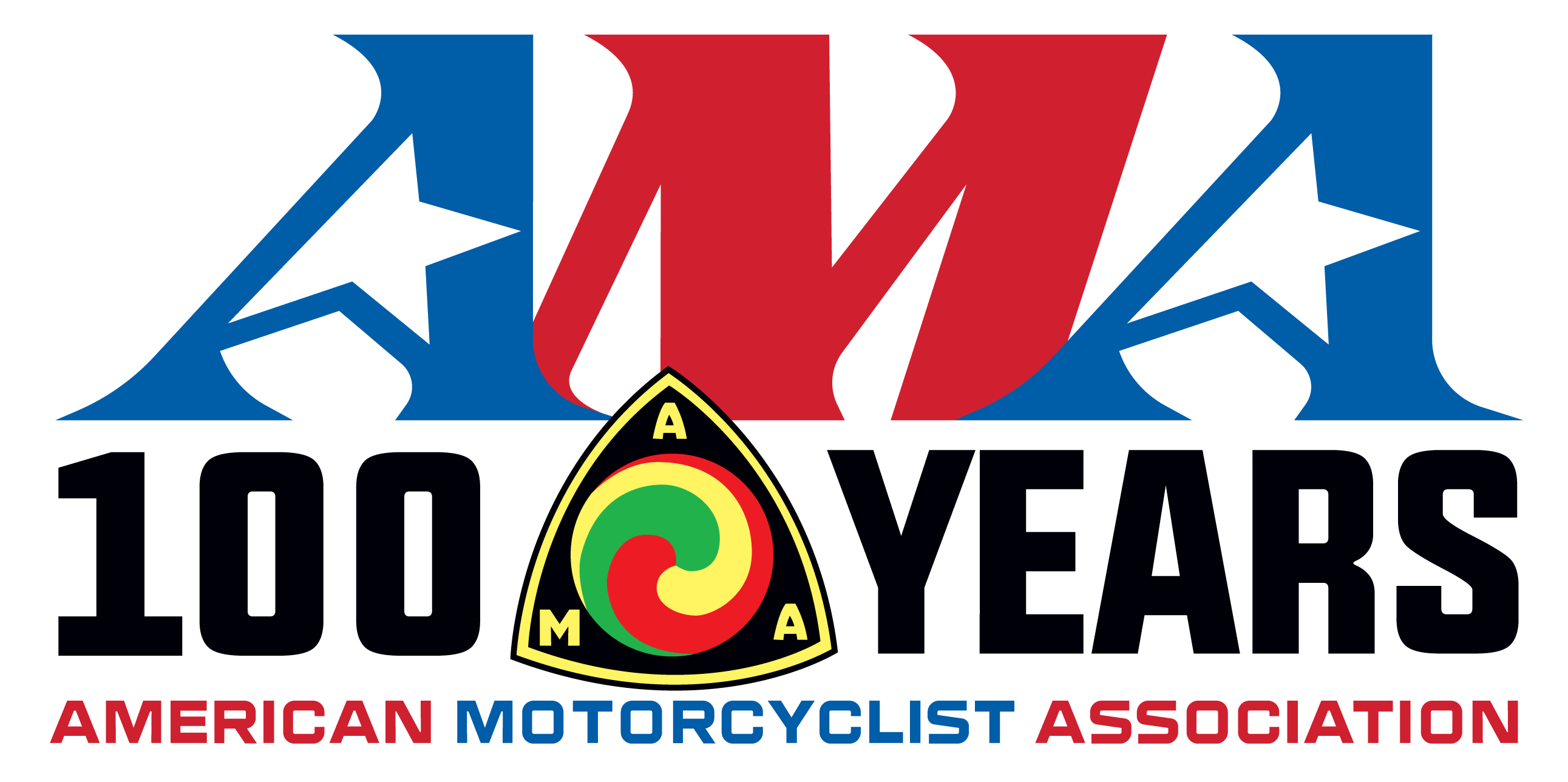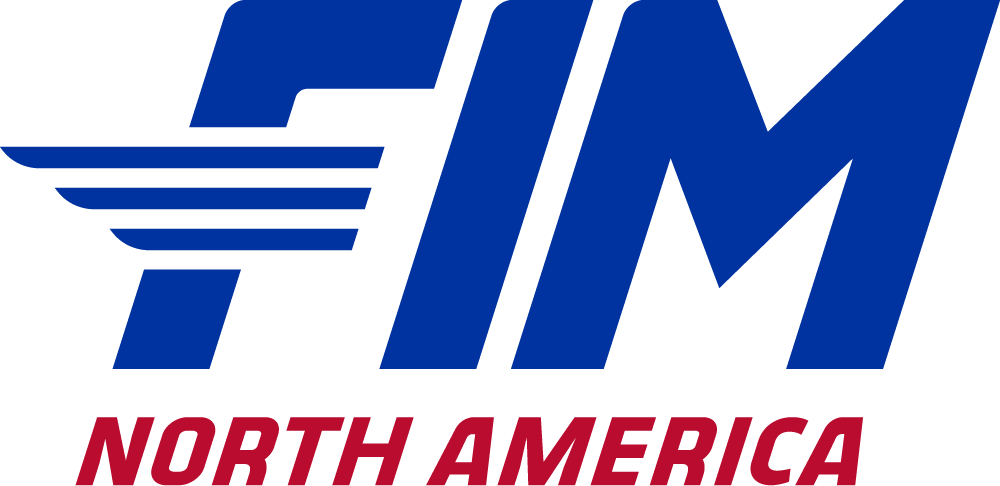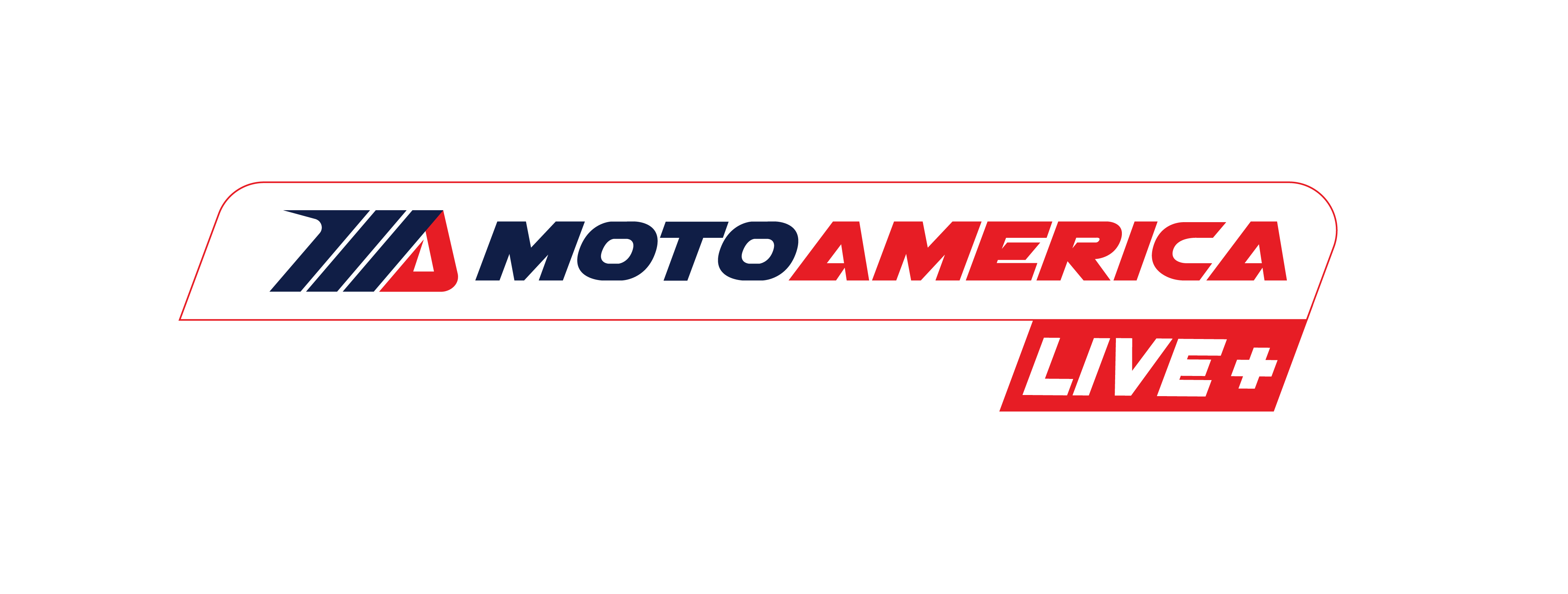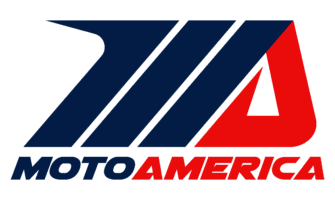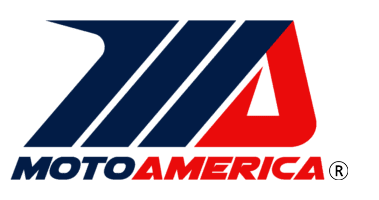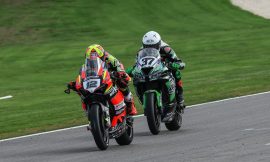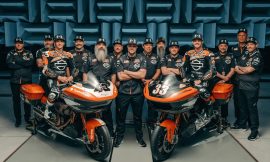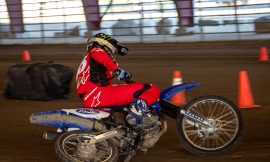
“Homologation” is derived from the Greek word homologeo, which means “to agree.” By definition, homologation is the granting of approval by an official authority.

In motorsports, homologation is the approval process that vehicles, racetracks, and even individual parts and components must go through in order to be certified for use in a race series. The process of testing and certification for conformance to technical standards is usually known as “type approval,” and the regulations and rules that must be met are generally set by the series’ sanctioning body.
MotoAmerica is a production-based motorcycle road racing series that is sanctioned by both the FIM (International Motorcycling Federation) and the American Motorcyclist Association (AMA). The motorcycles that compete in the MotoAmerica Series are based on production models that are offered for sale to the public, and they also must be produced in sufficient quantities. This is an important distinguishing difference between MotoGP, which utilizes prototype, purpose-built road racing motorcycles that are not available to the public and not approved for use on public roads. The bikes that compete in MotoAmerica are adapted from motorcycle models that consumers can readily purchase, license, and operate in the real world.
With regard to the 2021 Aprilia RS 660, which is being considered for approval in MotoAmerica, it has already been established that Aprilia has produced sufficient quantities of the street-legal motorcycle to meet that portion of the homologation process.
However, the process also requires that the motorcycle comply with MotoAmerica’s technical guidelines, including such factors as engine configuration, engine displacement, chassis construction, suspension design, and even competitiveness in a specific race class or classes.
Two weekends ago, as we previously reported, MotoAmerica Technical Director Tige Daane traveled to Robem Engineering in Hamilton, Ohio, where he met with company owner Matt Spicer and several members of his Twins Cup team. Daane ran one of the team’s Aprilia RS 660’s on Robem’s Dynojet-brand dynamometer and also performed dyno runs on one of the team’s Suzuki SV650’s and also one of their Yamaha FZ-07/MT-07’s.

Yesterday, Daane was at Buttonwillow Raceway Park in California, where he observed experienced Twins Cup rider Jeffrey Tigert doing laps around the racecourse aboard a stock RS 660. Daane has been calculated and thorough in evaluating the new Aprilia’s suitability for participation in the MotoAmerica Series, and Tigert’s laptimes are a critical step in the evaluation.
And so, with production quantities, mechanical specs, horsepower and torque figures, and laptimes, as well as an eyewitness account of the bike circulating at speed on a racetrack, Daane should now have everything he needs to make a decision on whether or not the Aprilia RS 660 will be allowed to compete in the 2021 MotoAmerica Championship.
Stay tuned for more on this developing story.
To purchase tickets for all MotoAmerica events, click HERE
For information on how to watch the MotoAmerica Series, click HERE
For the full 2021 MotoAmerica Series schedule, click HERE
